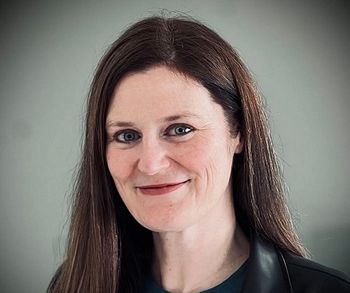
Telehealth, Algorithmic Monitoring to Make Waves in 2018
Cleveland Clinic spotlights the innovations set to soon shape healthcare.
Photos: Cleveland Clinic
Although much of Cleveland Clinic’s list of the top 10 innovations expected in 2018 pertains to groundbreaking drugs or therapies, several stand at the intersection of healthcare and Silicon Valley-style technology.
Among these breakthroughs are the rise of distance health, central hospital monitoring with help from algorithms, and a push toward value-based care after surgeries.
Cleveland Clinic Innovations, the storied institution’s
The annual forecast uses consensus insights from hospital leaders to lay out what will most affect healthcare over the next year and beyond. The list draws upon interviews from roughly 100 Cleveland Clinic experts and 150 nominations, which 2 separate committees then whittle down to 10.
Each candidate must boast “significant clinical impact and offer significant patient benefit in comparison to current practices,” according to the organization. What’s more, nominees must be commercially viable, close to market, and carry “significant human interest.”
Multidisciplinary experts and leaders have torn down various barriers over the years. More important, however, is widespread connectivity, which is a recent development, according to the clinic.
“The demand for distance health now has the global infrastructure to support and accelerate it,” the authors wrote, adding that experts believe “the emergence and acceleration of distance health technologies are assured in 2018.”
In hospitals, 90% of executives reported building some sort of telehealth program, the clinic added. Studies expect 7 million patients to receive care from this sprouting sector of healthcare in 2018. Nearly triple that number could use remote monitoring devices.
In many cases, off-site monitors will use “advanced equipment, including sensors and high-definition cameras to monitor blood pressure, heart rate, heart rhythm, respiration, pulse oximetry, and more,” according to Cleveland Clinic. And then risk stratification algorithms scrutinize “complex data,” producing alerts for on-site responses, the authors wrote. Minor alarms, meanwhile, get filtered out.
“The results of the ‘eye in the sky’ approach are capturing the attention and imaginations of hospitals around the world,” according to Cleveland Clinic. “All signs indicate that 2018 will mark the year that [centralized monitoring units] grow exponentially while continually adding new patient-saving capabilities.”
The move has proved to be a win for value-based care. One program, which treated 9,000 patients, found a one-third drop in surgical complications. In total, Cleveland Clinic noted, the new protocols have cut costs by more than $6,500 per patient.
Interested in the rest of Cleveland Clinic’s medical innovations to watch in 2018?






































